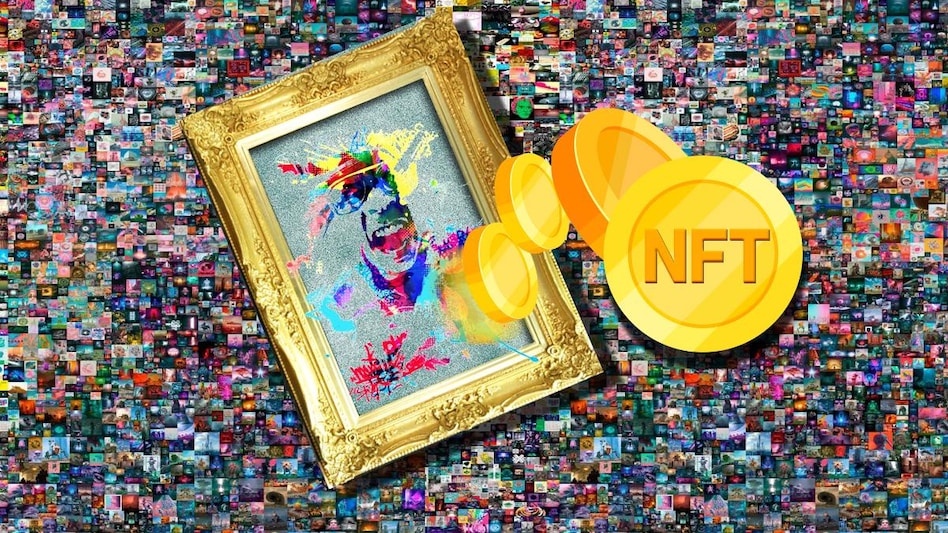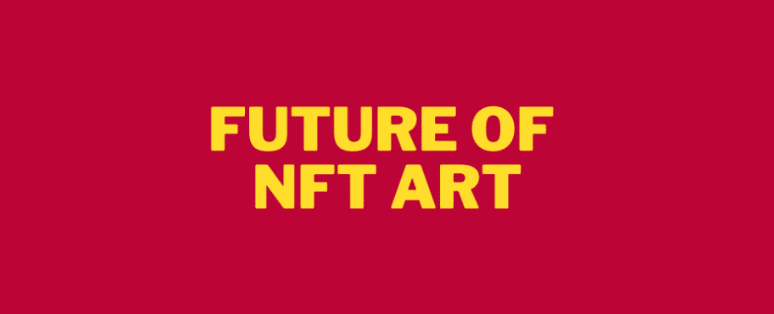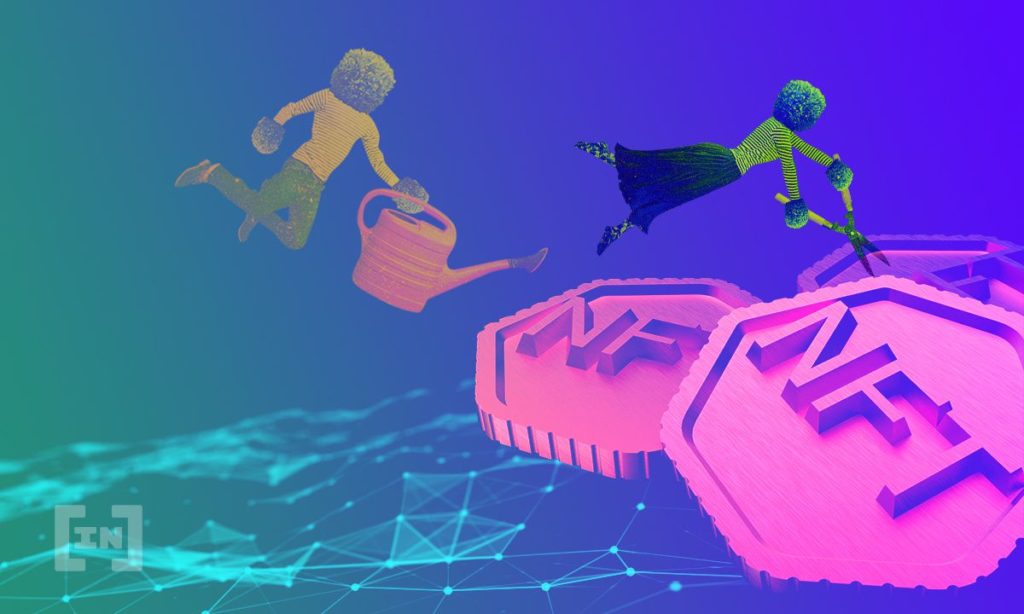What is NFT art?

NFT art is a digital asset that is unique, collectible, and non-transferable. Every NFT has a unique design and it cannot be reproduced. This makes NFTs rare and limited. NFTs are different from digital files that can be copied and pasted any number of times.
NFTs have value because the transaction acts as proof of ownership of the NFT art. After owning an NFT, you can choose to sell it on an NFT marketplace or keep it as you wait for its price to appreciate. Note that an NFT can only have one official owner at any particular time.
NFTs are protected by blockchain technology, which is a ledger of records that cannot be corrupted or tampered with. Cryptocurrencies such as Bitcoin and Ethereum also run on the blockchain, and they can implement their NFT systems if they wish. Because of the nature of the blockchain, nobody can change the ownership of the NFT or duplicate it.
Is NFT future of art?

The NFT art has taken the world by storm, and NFTs are expected to give artists more power and control over their work. The NFT art has changed how artists are paid and revolutionized how NFT artists work and exercise ownership of their art.
NFTs (Non-Fungible Tokens) allow NFT art creators to register their work on the blockchain and create a unique digital asset. NFTs can decentralize and democratize wealth and give access to new revenue streams. If you are good at creating video games, making movies, or setting up art schools, NFTs can provide you with a way of doing it digitally.
NFT art helps artists to register their digital work as unique, giving them control over their success. They can also exercise control over their projects. NFT art is also promoting diversity. NFTs can be used to fund education platforms and films. They can be more expensive than apes in jpegs.
This clearly shows that NFT is the future of art. With NFT art, artists will not have to create for corporate brands, sponsors, or mega-collectors. NFT art will change the patronage of artists helping them to make the work they desire and connect directly with the audience.
Other than owning the original work, NFT art is expected to add more utility to the owners, giving them many benefits. Additional functionality layers will bring benefits such as verifiable ownership, blockchain security, token transferability, smart contracts, and more.
NFTs are creating new communities as more artists get involved. This will result in collector communities and clubs for the benefit of NFT art creators. NFT art will also lead to the rise of innovative projects that will challenge the traditional approach to art.
Thus, NFT is shaping the future of art.
How to create NFT art

There are many reasons why you should create NFT art if you are an artist. Among these include lifetime royalties, authenticity, and verification. The following are the steps necessary for you to create NFT art:
Step 1: Choose an NFT marketplace
An NFT marketplace provides you with an online platform where to create NFT art. There are two types of NFT marketplaces that you can choose to create NFT art:
- Curated platforms- These are NFT marketplaces that only permit authorized artists to create or mint NFT art. Their focus is on high-quality NFT art rather than low-quality collectibles. A good example of this type of NFT marketplace is SuperRare. You will incur higher transaction fees to create NFT art on such NFT marketplaces. You will also have less control over the percentage of royalty to charge for each sale.
- Self-service platforms- These are peer-to-peer NFT marketplaces that allow anyone to create NFT art with anything. So, you can create your NFT art with your video, audio, or photograph. You will have greater control over the percentage of royalty to charge for each sale. Rarible and OpenSea are good examples of such NFT marketplaces.
After choosing an NFT marketplace, sign up for an account with it.
Step 2: Create a digital wallet
The purpose of the digital wallet is to help you store both NFTs and crypto. Note that you will need crypto to mint NFTs, mostly ETH. Make sure that you fund your wallet with Ether because most NFTs run on the Ethereum blockchain. The Ether is for paying for gas fees.
Step 3: Create your collection
A collection stores a gallery of your NFT arts. Create a collection on the NFT marketplace and give it a name, a description, and add a display image.
Step 4: Create your digital arts token
This is the primary step for creating the NFT art. Upload the file to be used to create the NFT. This can be audio, video, or photograph. You can also mint any number of tokens you want one at a time.
Ensure that you describe your NFT art thoroughly to make it easy for potential buyers to know what it is.
Step 5: List the NFT art for sale
It’s time to learn how to sell NFT art. You only have to list the NFT art for sale on the marketplace. You will be required to set the price for the NFT, and you can choose either fixed-price or auction-style.
People looking to buy NFT art will see your NFT art listed on the marketplace. If you have chosen the auction style for pricing, you will receive bids from different potential buyers. Whenever a sale is made, the marketplace will transfer crypto from the buyer’s wallet to your wallet.
